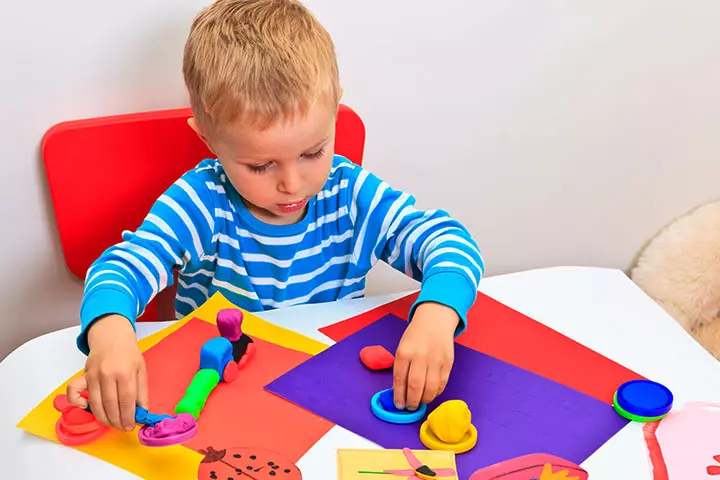The formative years of an infant are essential concerning intellectual, social, and affective development. At the age between 2 and 4 years, a child can be likened to a sponge that absorbs water whenever it comes into contact with any substance, irrespective of its nature. To this extent, educational toys have been largely instrumental in promoting such development, enabling children to have time for fun and learning simultaneously.
Choosing the perfect educations toys for kids is hard for parents owing to the plenty of options. Nevertheless, leaning on this guideline will help you choose wisely, making a positive contribution towards the growth and development of your child.
How to Choose the Ideal Educational Toys for Kids Understanding Developmental Milestones
Here are some tips you must remember while choosing the ideal educational toys:
1. Prioritize Safety
Safety must come first when deciding on toys for young kids. Always make sure the toys are not toxic and have no small parts a child might choke on. See if they have sharp edges and pricks that can lead to injuries. You must always look for those safety marks or symbols endorsed by manufacturers and follow their age guidelines for each item.
2. Encourage Creativity and Imagination
Children have very good imaginations, which encourage toys from brands like Shumee for creative play like building blocks, art supplies, or dressing up clothes that foster their creativity and problem-solving abilities. By enabling self-expression, role-playing activities, and creating new narratives, these objects are essential to any child’s growth.
3. Promote Physical Activity
Physical activity is necessary for the growth of muscle control and a healthy body. Toys that promote motion, for example, riding on toys, balls, or even climbing frames, can assist in coordination, equilibrium, and power development. Also, it ensures that children stay active by releasing excess energy and promotes healthy living at an early age.
4. Support Cognitive Development
Cognitive development comprises learning, thought, problem-solving, and remembering. Toys that make the mind think hard expand one’s cognitive abilities, like puzzles, shape sorters, and simple board games. Buy toys that facilitate counting, matching, sorting, and pattern recognition because later academic training depends on these activities.
5. Foster Social and Emotional Skills
Human relationships are informed by a combination of both emotional intelligence and social skills. Toys such as dolls, action figures, and play kitchens help children to learn sharing, taking turns, and empathy, which they can use in building friendships where cooperation is indispensable. Role-plays around those toys can also help in self-awareness concerning one’s feelings and emotions.
6. Language and Communication
Toys that promote language skills are invaluable at this age because language growth is quite fast. Therefore, books, storytelling sets, and toys that allow for communication can help improve vocabulary, understanding ability, and expressive language among children. Additionally, interactive toys that react to actions or words from a child can also be helpful by giving feedback, which makes them more interested in engaging with them.
7. Choose Age-Appropriate Toys
When children get toys that are too advanced, it can lead to displeasure on their parts. When toys are way too easy, they may not provide enough entertainment value. Age range label indications should be carefully looked at to avoid buying children toys that do not suit them in terms of age. It is, therefore, significant for parents to look at these stages before buying any toy for their own children.
8. Versatility and Longevity
The best value is offered by toys that are educational and can be used in several ways or changed with your child since they are versatile. Seek for items that can go through different stages of play or be joined with additional play items to continue being relevant. For instance, a two-year-old toddler can use similar blocks to make modest structures, yet the same blocks can make intricate designs when they get older.
In a Nutshell
When the age of 2 to 4 years old, picking the proper school toys for children can significantly influence their progress. Upon knowing growth markers, placing safety first, then choosing creative, physical-active, cognitive-development, socializing, and language activities supporting ones will offer all necessary facilities for your kids. Remember that while growing up, your child will appreciate more advanced fun tools according to time sensitivity. An elaborate selection will transform ordinary toys into teaching tools that build the basis for a passion for continuous learning throughout life. Shop now at Shumee!























